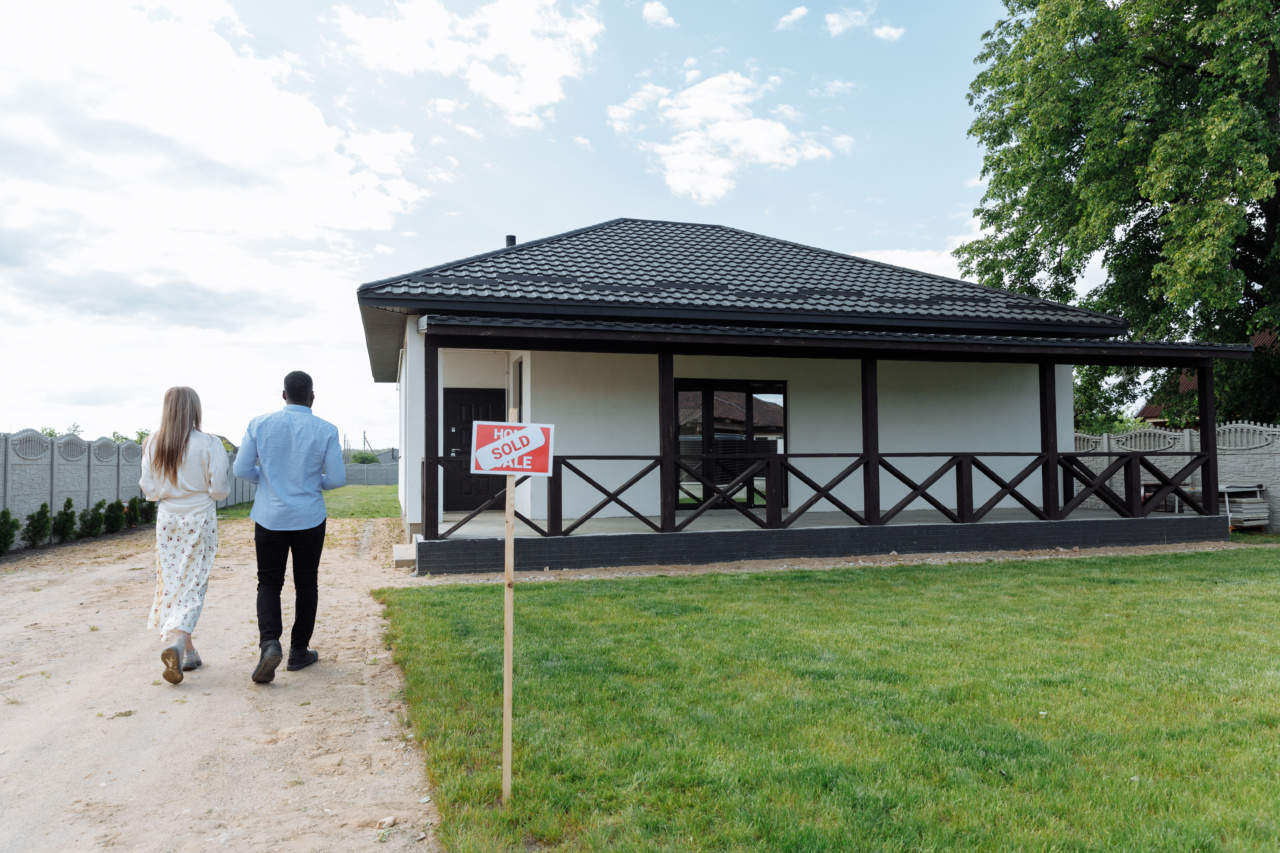Walking is one of the most basic human movements, and it is essential for daily life. However, due to aging, injuries, or other conditions, many people experience problems with their gait or walking patterns.
Poor walking patterns can lead to pain and discomfort, reduce mobility, increase the risk of falls, and affect quality of life. Fortunately, modern technology offers innovative solutions for improving walking patterns. In this article, we will explore some of the new technologies that can help people improve their gait and walk with ease.
1. Wearable Sensors
Wearable sensors are small devices that can be attached to different parts of the body, such as the legs, feet, or waist. These devices can measure various parameters of motion, such as step length, stride time, cadence, and gait symmetry.
They can also detect abnormalities in movement, such as limping or dragging one foot. By providing instant feedback to the user or a healthcare professional, wearable sensors can help people correct their walking patterns and monitor their progress over time. Some examples of wearable sensors for gait analysis are:.
- Xsens MVN Analyze: a motion capture suit that records full-body movement and generates 3D animations and data reports;
- Stride Sensor: a small device that attaches to the shoe and measures step rate, step length, and other parameters;
- Sensoria Smart Socks: a pair of socks that have pressure sensors embedded in them and connect to a smartphone app to monitor gait and foot health.
2. Virtual Reality
Virtual reality (VR) is a technology that simulates immersive environments and experiences using a headset or other devices.
VR has potential applications in rehabilitation and training, as it can provide a safe and controlled environment for people to practice their walking and balance skills. VR can also stimulate the brain and improve mental processes that affect walking, such as attention, spatial awareness, and motor planning. Some examples of VR systems for gait training are:.
- Gait Up Rehab: a VR system that combines wearable sensors and a headset to provide visual and auditory feedback on gait performance;
- Virtual Gait Lab: a VR system that creates a realistic simulated environment for gait analysis and training;
- Rehametrics: a VR platform that offers various motor and cognitive exercises for rehabilitation and training, including gait and balance tasks.
3. Robotics
Robotics is a field that deals with the design, construction, and operation of machines that can automate tasks and interact with the environment.
In the context of walking patterns, robotics can provide support, assistance, or feedback to people who have difficulty walking, either due to injury, disability, or aging. Robotics can also analyze the biomechanics of walking and develop models that can optimize walking patterns for efficiency and safety. Some examples of robotics-based solutions for gait improvement are:.
- Exoskeletons: wearable devices that provide external support and assistance to the legs and lower body, allowing people to stand up, walk, and climb stairs;
- Prosthetics: artificial limbs that replace or enhance missing or damaged body parts, such as feet, ankles, or knees;
- Gait Analysis Systems: machines that use sensors and cameras to capture and analyze the biomechanics of walking, and provide recommendations for improvement.
4. Smart Insoles
Smart insoles are shoe inserts that contain sensors and electronics to measure foot pressure, contact time, and other parameters during walking or running.
Smart insoles can provide valuable information about foot mechanics and gait, and help diagnose or prevent foot injuries or conditions. Smart insoles can also provide feedback to the user in real-time or store data for later analysis. Some examples of smart insoles for gait monitoring are:.
- Digitsole: a smart insole that tracks steps, calories, distance, and posture, and can be controlled by a smartphone app;
- Nurvv Run: a smart insole that captures detailed data on running form, gait, and foot strike, and provides insights for improvement;
- Orthosole: a customizable insole that adjusts to the user’s foot shape and provides targeted support and cushioning to improve walking comfort and efficiency.
5. Artificial Intelligence
Artificial intelligence (AI) is a branch of computer science that deals with the development of algorithms and systems that can perform tasks that typically require human intelligence, such as learning, reasoning, and decision-making.
AI has various applications in healthcare, including gait analysis and improvement. AI can process large amounts of data from wearable sensors, cameras, or other devices, and generate personalized recommendations for walking patterns based on the user’s characteristics and goals.
AI can also adapt to changes in the user’s condition or environment and provide continuous monitoring and feedback. Some examples of AI-based solutions for gait improvement are:.
- Indago: an AI-powered gait analysis system that uses computer vision and machine learning to diagnose walking disorders and suggest appropriate interventions;
- Bionik Labs Arke: an exoskeleton platform that uses AI to optimize gait and balance assistance for people with mobility impairments;
- Optogait: a gait analysis system that combines sensors and AI algorithms to track and analyze walking patterns and provide feedback to the user or healthcare provider.
Conclusion
Walking patterns are crucial for maintaining mobility and function, but they can be affected by various factors. Fortunately, new technologies offer innovative and effective solutions for improving gait and optimizing walking patterns.
From wearable sensors and virtual reality to robotics and artificial intelligence, there are many options to choose from depending on the user’s needs and goals. By leveraging these technologies and working with healthcare professionals, people can regain confidence, comfort, and independence in their walking abilities.





























